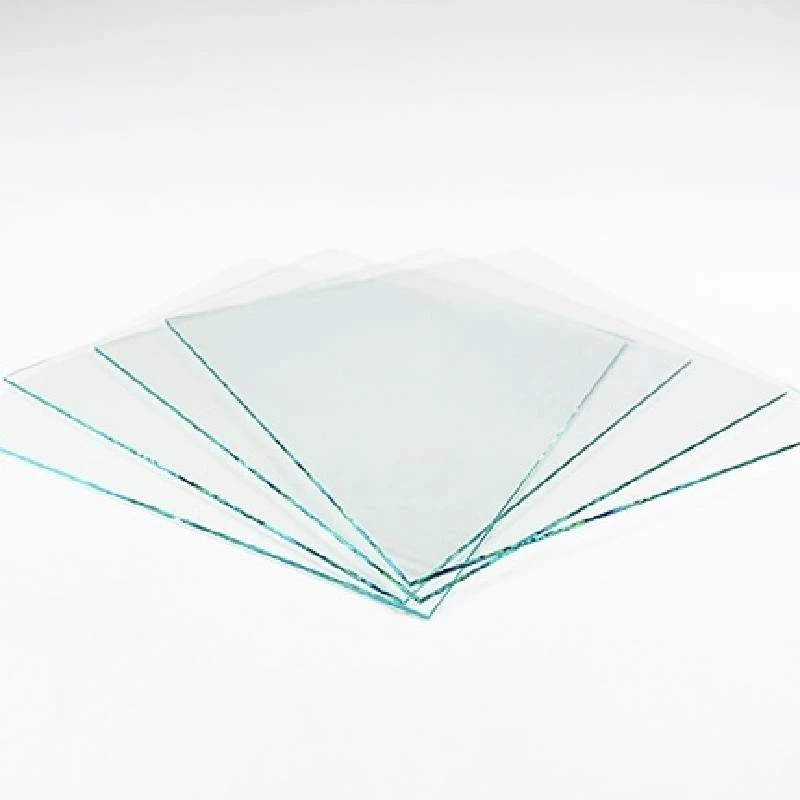

Low Iron Tempered Glass A Transparent Solution for Modern Design
In recent years, the architectural and design industries have witnessed a significant shift towards the use of glass. Among the various types of glass available, low iron tempered glass has gained considerable popularity due to its unique properties and aesthetic appeal. This article explores the features, benefits, and applications of low iron tempered glass, highlighting why it is becoming a go-to choice for modern designs.
Understanding Low Iron Tempered Glass
Low iron tempered glass is a specialty type of glass that contains a reduced level of iron oxide. Regular glass contains a higher iron content, which tends to impart a greenish tint. However, low iron tempered glass is engineered to minimize this tint, resulting in a crystal-clear appearance. The process of tempering involves heating the glass to high temperatures and then rapidly cooling it, which improves its strength and thermal resistance.
Key Benefits
1. Clarity and Aesthetics One of the most appealing features of low iron tempered glass is its exceptional clarity. With over 90% light transmittance, it provides an unobstructed view, making it ideal for applications where transparency is crucial. This characteristic enhances the aesthetics of buildings, allowing natural light to flood interiors and creating an open, airy atmosphere.
2. Strength and Safety Low iron tempered glass is significantly stronger than standard glass. The tempering process increases its resistance to impact and thermal stress, making it a safer choice for various applications. In the event of breakage, tempered glass shatters into small, blunt pieces, reducing the risk of injury. This makes it suitable for high-traffic areas, glass facades, and safety-critical applications.
3. Energy Efficiency With its high light transmittance, low iron tempered glass can contribute to energy efficiency in buildings. By maximizing natural light, it reduces the need for artificial lighting during the day, lowering energy consumption. Additionally, low iron glass can be combined with advanced insulating technologies to further enhance the energy performance of windows and facades.

4. Versatility This type of glass can be used in a variety of applications, including residential, commercial, and industrial settings. It is often employed in storefronts, curtain walls, skylights, and shower enclosures. Its versatility also extends to design possibilities, as it can be customized in terms of thickness, size, and shape to meet specific project requirements.
5. UV Protection Low iron tempered glass can offer protection against harmful ultraviolet (UV) rays. This is particularly important for displays, artwork, and furnishings that may be susceptible to fading or damage from prolonged sun exposure. By incorporating low iron glass, designers can create spaces that are both beautiful and protective.
Applications
The applications of low iron tempered glass are vast and varied. In architecture, it is commonly used for facades and windows, where aesthetics and performance are paramount. This glass type is increasingly popular in modern residential designs, where large glass panels can create stunning visual effects while maintaining safety and energy efficiency.
In the interior design realm, low iron tempered glass is frequently utilized for partitions and sliding doors, allowing spaces to feel more connected and open without sacrificing privacy. Additionally, its use in furniture pieces, like tabletops and shelving, provides an elegant touch that complements contemporary design trends.
Conclusion
Low iron tempered glass represents a fusion of beauty and functionality that resonates with modern design principles. Its clarity, strength, versatility, and energy-saving attributes make it a valuable material for architects and designers alike. As the demand for innovative and sustainable solutions continues to grow, low iron tempered glass is poised to play a vital role in shaping the future of architecture and design, paving the way for stunning visual experiences that prioritize safety and efficiency.